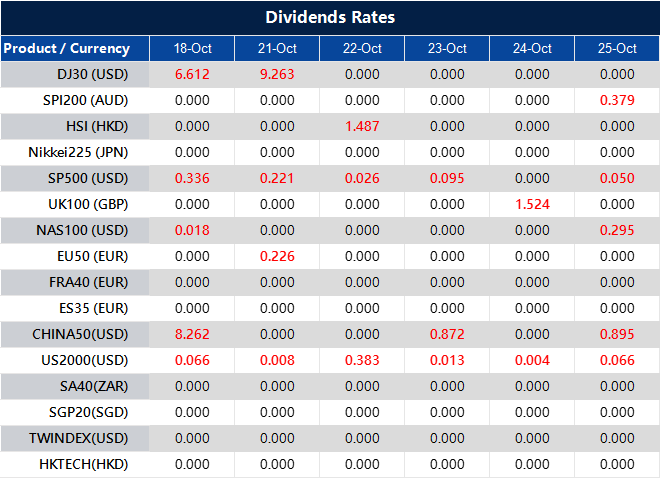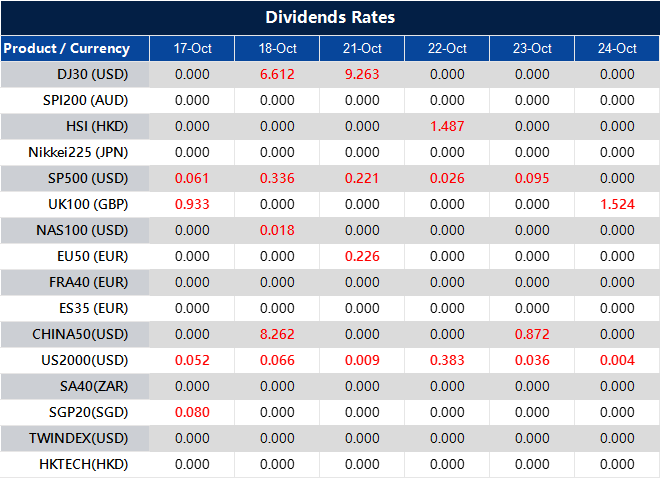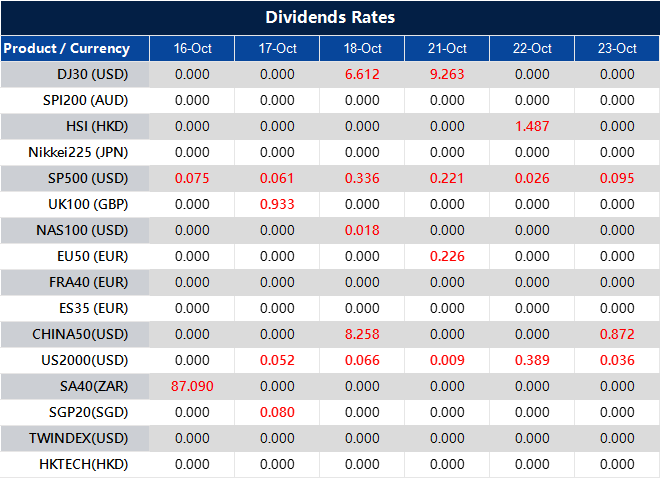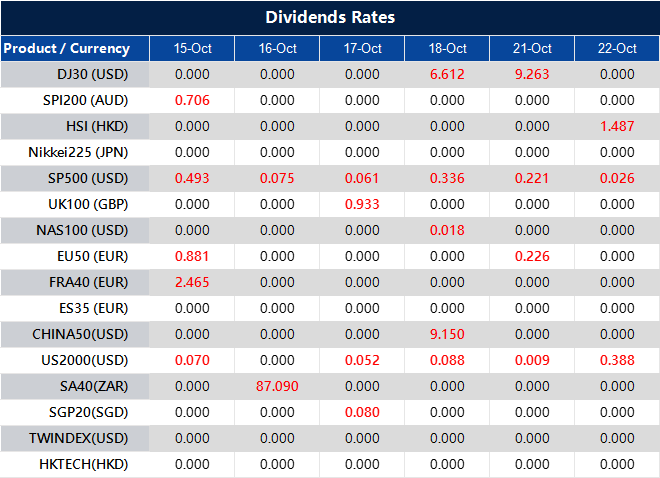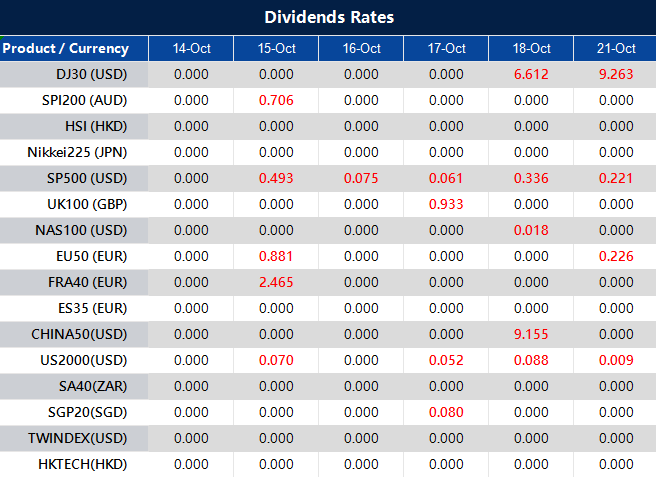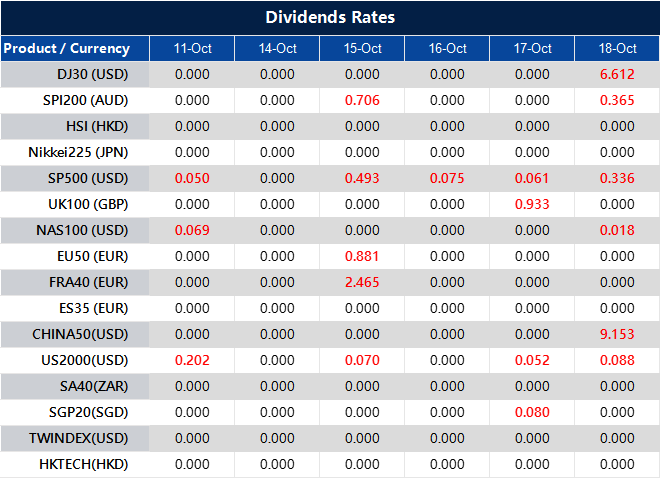Bond trading has become an essential investment strategy for traders seeking stability, regular income, and portfolio diversification. In Hong Kong, bond trading offers unique opportunities for both institutional and retail investors, thanks to the city’s vibrant financial market and strong regulatory environment. This guide will walk you through the essentials of bond trading in Hong Kong, covering the types of bonds available, how to start trading, strategies, and the role of VT Markets in facilitating access to bond CFDs.
What Is Bond Trading?
Bond trading involves the buying and selling of bonds, which are debt instruments issued by governments, corporations, or other entities to raise capital. When you buy a bond, you are essentially lending money to the issuer in exchange for periodic interest payments (also known as coupon payments) and the return of the principal at the bond’s maturity.
In Hong Kong, bond trading is popular due to the city’s access to both local and international bond markets. Bonds are generally considered lower-risk investments compared to equities, as they offer a fixed income stream and are less volatile.
Why Trade Bonds in Hong Kong?
Hong Kong offers a unique bond trading environment with several advantages:
1. Access to Global Bond Markets:
Hong Kong provides access to a wide array of bond markets, from local Hong Kong government bonds to U.S. Treasury bonds and European corporate bonds. This diversity allows traders to tailor their portfolios based on market conditions and risk tolerance.
2. No Capital Gains Tax:
One of the biggest advantages of trading bonds in Hong Kong is the absence of capital gains tax. This makes bond trading more attractive for investors looking to maximize their returns, especially when trading in larger volumes.
3. Strong Regulatory Environment:
The Securities and Futures Commission (SFC) ensures that bond trading in Hong Kong is conducted in a transparent and regulated manner, protecting investors and maintaining the integrity of the financial markets.
4. Stability:
Bonds are often seen as a safe-haven asset, especially during periods of market volatility. Government bonds, in particular, are considered one of the safest investments, making them an essential part of a well-diversified portfolio.
Types of Bonds Available for Trading in Hong Kong
Hong Kong offers a variety of bonds to trade, each with different risk profiles and potential returns:
1. Government Bonds:
Hong Kong government bonds and U.S. Treasury bonds are among the most popular due to their lower risk. Government bonds are backed by the full faith and credit of the issuing government, making them one of the safest investments available.
2. Corporate Bonds:
Corporate bonds are issued by companies to raise capital. These bonds typically offer higher interest rates than government bonds but come with higher risk, depending on the issuing company’s financial health. Investors can trade bonds from major corporations like HSBC, Alibaba, and Tencent.
3. Green Bonds:
Green bonds have gained popularity in Hong Kong as companies and governments issue bonds specifically to finance environmentally sustainable projects. These bonds not only provide returns but also allow investors to support initiatives like renewable energy and sustainable infrastructure.
4. High-Yield Bonds:
Also known as junk bonds, these offer higher returns to compensate for the increased risk of default. They are popular among traders who are looking for higher yields and are willing to take on more risk.
How to Start Trading Bonds in Hong Kong
If you’re ready to start bond trading in Hong Kong, here’s a step-by-step guide to get you started:
1. Choose a Reliable Broker
To begin trading bonds, you need to select a broker that provides access to both local and global bond markets. Make sure the broker is regulated by the SFC or another top-tier regulatory authority.
VT Markets, for instance, offers traders access to bond CFDs (Contracts for Difference), allowing them to speculate on bond price movements without owning the underlying asset. This gives traders flexibility in bond trading, especially for those who prefer short-term strategies.
2. Open a Trading Account
Once you’ve selected a broker, open a trading account that supports bond trading. Many brokers offer different types of accounts depending on your trading experience and capital. For beginners, it’s advisable to start with a demo account to practice trading without risking real money.
3. Understand Bond Pricing and Yield
Before trading bonds, it’s essential to understand how bonds are priced and how yields work. Bond prices fluctuate based on interest rates, inflation, and the issuer’s creditworthiness. Bond yields represent the return an investor can expect, which varies inversely with bond prices.
4. Develop a Trading Strategy
Successful bond trading requires a solid strategy. Depending on your risk tolerance and investment goals, you may want to focus on long-term bond holdings or short-term trading strategies using bond CFDs to profit from price fluctuations.
Bond Trading Strategies
When trading bonds, different strategies can help you manage risk and maximize returns. Here are a few popular approaches:
1. Buy and Hold:
This is a long-term strategy where you buy bonds and hold them until maturity to collect the coupon payments and principal. Government and corporate bonds are often used for this strategy, especially during times of low volatility.
2. Yield Curve Trading:
The yield curve is a graphical representation of bond yields across different maturities. Traders can profit by trading bonds based on changes in the yield curve. For example, if short-term bond yields rise faster than long-term yields, traders can sell short-term bonds and buy long-term bonds.
3. Hedging with Bonds:
Bonds are often used to hedge against risk in other parts of your portfolio, such as equities. For instance, during periods of stock market volatility, traders often increase their exposure to government bonds, which tend to perform better during market downturns.
4. Trading Bond CFDs:
For those looking to speculate on bond price movements, bond CFDs are a flexible and cost-effective option. VT Markets offers bond CFDs with leverage, allowing traders to take advantage of both rising and falling bond prices.
Risks in Bond Trading
While bond trading is considered safer than trading equities, it is not without risks:
1. Interest Rate Risk:
Bond prices are highly sensitive to interest rate changes. When interest rates rise, bond prices typically fall, and vice versa. Traders need to monitor central bank policies and economic indicators to manage this risk.
2. Credit Risk:
There’s always a risk that the bond issuer may default on its payments. Corporate bonds generally carry more credit risk than government bonds, so it’s important to assess the issuer’s credit rating.
3. Liquidity Risk:
Some bonds, especially high-yield or niche bonds, may have lower liquidity, which can make it difficult to buy or sell them quickly without affecting the price.
4. Currency Risk:
For bonds issued in foreign currencies, fluctuations in exchange rates can affect your returns. Traders dealing with international bonds should consider hedging currency risk.
FAQ For Bond Trading in Hong Kong
1. What are CFD bonds, and how do they differ from traditional bond trading?
CFD bonds allow traders to speculate on bond price movements without owning the actual bond. Unlike traditional bonds, CFD trading offers the ability to profit from both rising and falling markets, as well as leverage, which increases the size of your positions with a smaller initial capital.
2. What tools can I use to manage CFD bond trading risks with VT Markets?
VT Markets offers stop-loss orders to limit potential losses, hedging tools to offset risks in your portfolio, and real-time alerts for market changes like interest rate shifts. Traders should use lower leverage when starting, as CFDs can amplify both gains and losses.
3. What is the yield curve, and how does it impact CFD bond trading?
The yield curve represents the difference in yields between short-term and long-term bonds. In CFD bond trading, traders use the yield curve to make decisions on whether to take positions based on expected interest rate changes or market conditions. An inverted yield curve can signal economic uncertainty and possible shifts in bond prices.
4. How can beginners understand key terms like “credit risk” and “yield” in CFD bond trading?
Credit risk refers to the risk that the bond issuer may not meet payment obligations, which impacts the bond’s price.
Yield represents the bond’s return, calculated as a percentage of its price. For CFD bond traders, yield movements directly affect the contract’s value. Beginners can use demo accounts provided by VT Markets to practice these concepts without risking real funds.
5. Is CFD Bond Trading Suitable for Beginners?
Yes, CFD bond trading can be suitable for beginners, especially with proper risk management. VT Markets offers demo accounts and educational resources, which are useful for learning the basics without financial risk. However, beginners should proceed with caution, as CFD trading involves leverage, which can increase both potential gains and losses. Starting with lower leverage and smaller positions is a wise approach for those new to CFD trading.
Conclusion: Why Trade Bonds with VT Markets?
Trading bonds in Hong Kong offers a unique balance of stability, income generation, and diversification for both institutional and retail investors. Whether you’re a novice or seasoned trader, the Hong Kong bond market provides access to a wide array of bonds, including government, corporate, and green bonds, offering ample opportunities to build a robust portfolio. VT Markets enhances this experience by providing bond CFDs with flexibility, leverage, and low transaction costs, making it easy to tap into global bond markets.
Start your bond trading journey today with VT Markets and explore a world of low-risk, high-potential opportunities!
